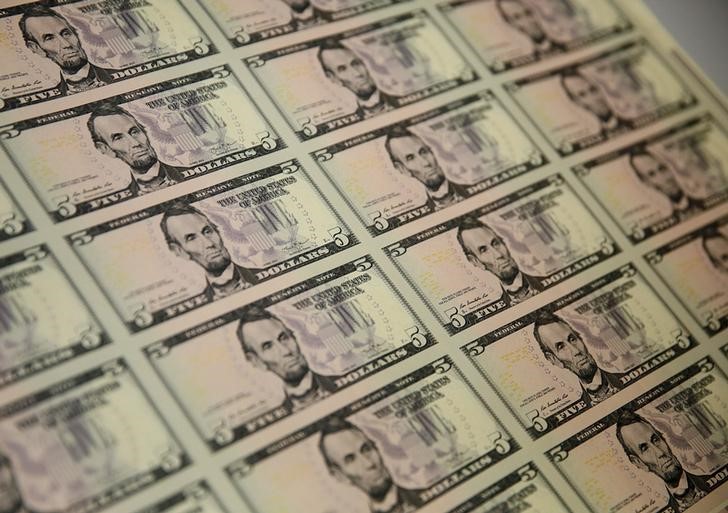Investing.com - The dollar trimmed gains against the other major currencies on Wednesday, re-approaching two-week lows as investors turned their attention to the European Central Bank’s upcoming policy meeting and as global growth concerns persisted.
USD/JPY rose 0.36% to 113.03.
The safe-haven yen remained supported after weak trade data out of China on Tuesday rekindled concerns over a possible slowdown in global economic growth.
China’s exports slumped 25% in February, the biggest drop since May 2009.
The yen also strengthened following reports that the Bank of Japan may refrain from cutting interest rates at its monetary policy review next week.
Reuters reported Wednesday that the BoJ will refrain from further easing after January’s shock decision to deploy negative interest rates failed to prevent the appreciation of the yen.
EUR/USD eased 0.09% to 1.1000.
The euro weakened as the ECB is widely expected to cut rates further into negative territory at the conclusion of its monetary policy review on Thursday.
The bank is also expected to enlarge its asset purchasing program in a bid to combat persistently low levels of inflation in the euro area.
The dollar was steady against the pound and the Swiss franc, with GBP/USD at 1.4215 and was higher against the Swiss franc, with USD/CHF at 0.9962.
The U.K. Office for National Statistics said industrial production rose 0.3% in January after dropping 1.1% in December. Economists had expected an increase of 0.5%.
Industrial output was up 0.2% in January from a year earlier, in line with forecasts.
Manufacturing output increased 0.7% after a 0.3% dip in December, the first increase for four months and ahead of forecasts for a 0.2% rise.
Compared to a year earlier, manufacturing production ticked down 0.1%, better than estimates for a 0.7% decline.
Meanwhile, the Australian and New Zealand dollars were stronger, with AUD/USD up 0.94% at 0.7505 and with NZD/USD climbing 0.74% to 0.6797.
USD/CAD dropped 0.70% to 1.3313 after the Bank of Canada kept its benchmark interest rate on hold at 0.50% in March, saying that risks to the inflation profile remained roughly balanced.
The U.S. dollar index, which measures the greenback’s strength against a trade-weighted basket of six major currencies, was little changed at 97.14, after hitting highs of 97.58 earlier in the day.
